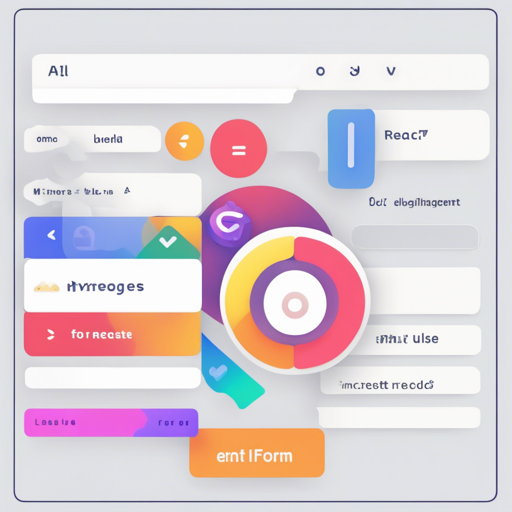Creating a multi-step form can enhance user experience significantly by breaking down complex forms into manageable steps. This guide will walk you through using the React MultiStep component to build a responsive form in your application.
Getting Started
Follow these straightforward steps to integrate the React MultiStep component into your application:
- Install the Component: Start by installing the component using the following command in your terminal:
npm install react-multistepimport MultiStep from 'react-multistep';
Understanding the Props
The MultiStep component accepts various props to customize its behavior, which you can liken to configuring a car before a journey:
- activeStep: This is the gear you start in; it determines the initial step.
- prevButton & nextButton: These are your controls—like the accelerator and brake, allowing you to navigate through the steps.
- showTopNav: Managing your visibility settings, like deciding whether to show your car’s dashboard which displays information.
Navigation Control & Validation
A new feature allows you to control navigation based on form validation. This can be imagined as having a security guard that checks if everything is okay before letting the car (user) move to the next gear (step).
The child component uses a function called signalParent(valid: boolean) to notify the parent about its validation status. If the validation is false, the next button won’t work, ensuring the user can’t skip essential steps.
Configuring the MultiStep Component
Each child component (your steps) can accept props like:
- component: This is like the car’s engine. It represents the actual step component.
- title: Think of it as the model name of the car, providing a reference to what step you are currently on.
Local Development Instructions
If you’re interested in experimenting with the code or contributing, here’s how to get it running locally:
- Clone the Repo: Start by cloning the repository:
- Navigate to the Project Folder:
- Install Dependencies: Run:
- Build the Component: Execute:
- Run the Example App:
- Navigate out of the example folder:
- Then go to the example folder:
- Repeat the dependency and build steps:
git clone https://github.com/srdjan/react-multistep.gitcd react-multistepnpm installnpm run buildcd ..cd example
npm install
npm run build
npm start
Now, you can open the example in your favorite browser!
Troubleshooting Ideas
If you encounter any issues during installation or while running the app, consider the following troubleshooting tips:
- Ensure you have the latest version of Node.js installed.
- Make sure you are running the commands from the root directory of your project.
- Double-check your imports for any typographical errors.
For more insights, updates, or to collaborate on AI development projects, stay connected with fxis.ai.
Conclusion
By following these steps, you can create an intuitive and responsive multi-step form that enhances user engagement. At fxis.ai, we believe that such advancements are crucial for the future of AI, as they enable more comprehensive and effective solutions. Our team is continually exploring new methodologies to push the envelope in artificial intelligence, ensuring that our clients benefit from the latest technological innovations.

